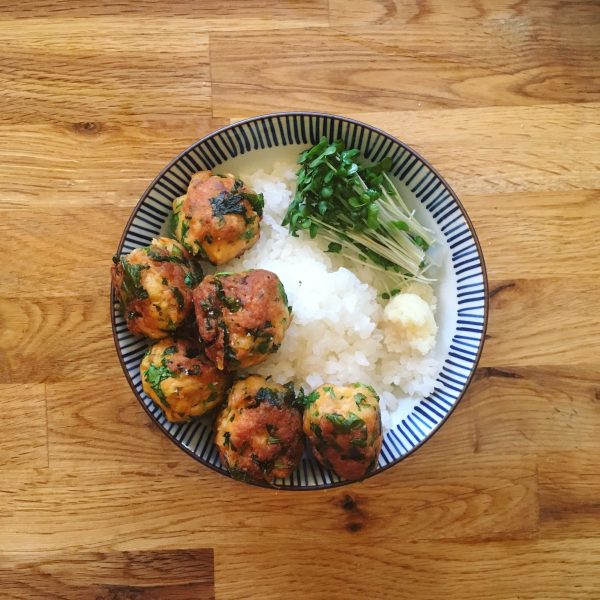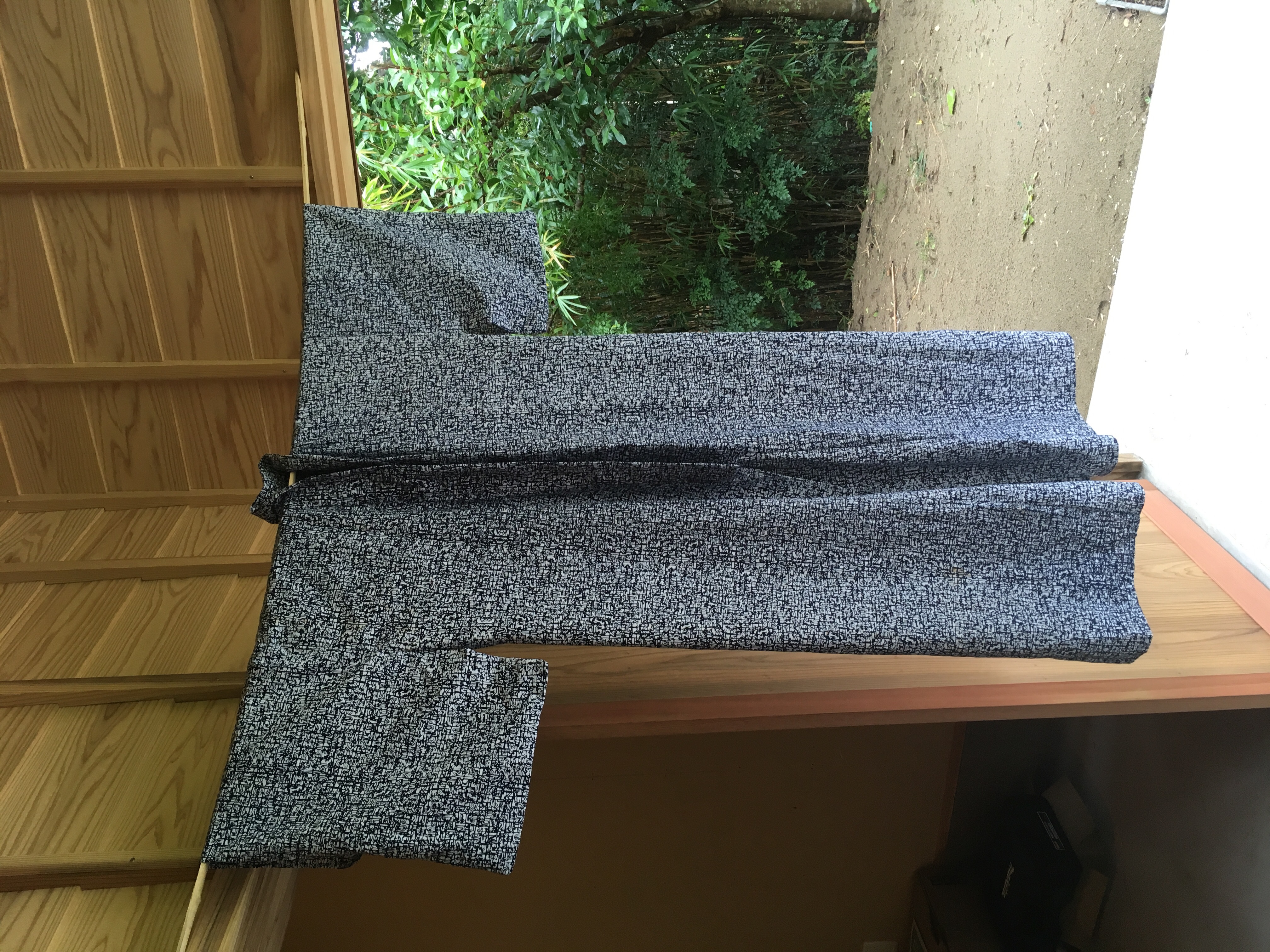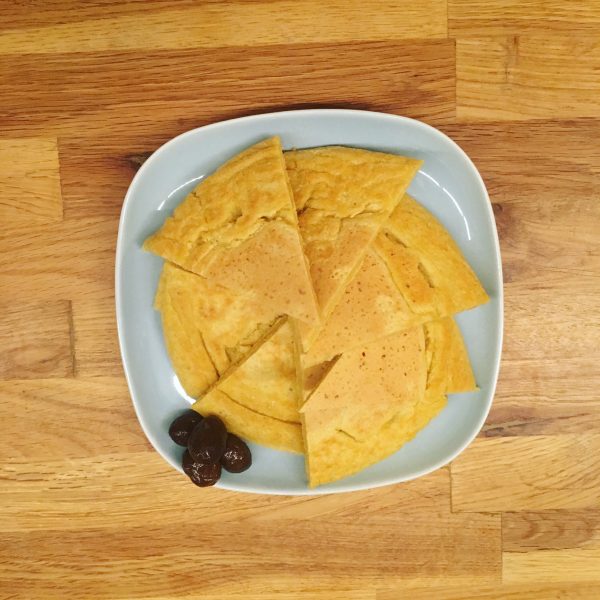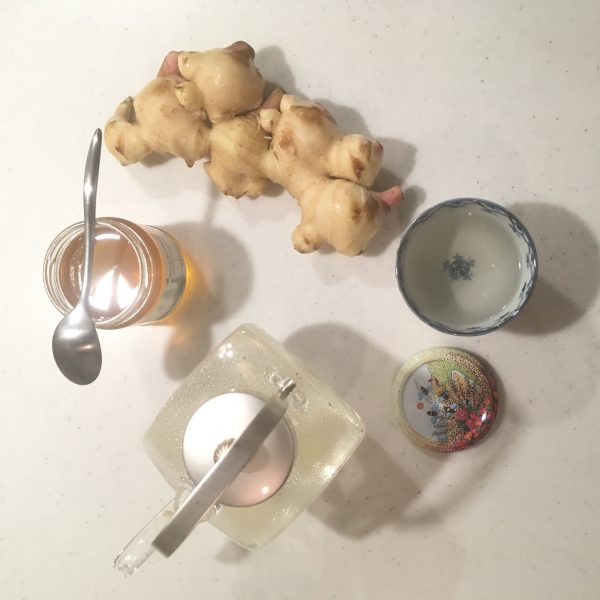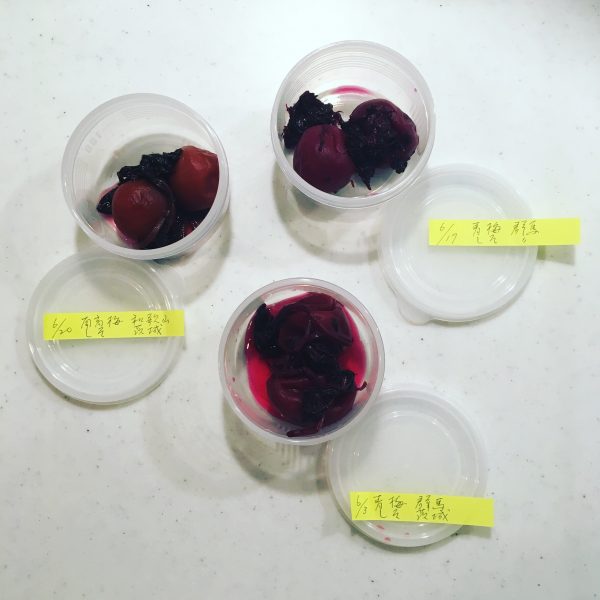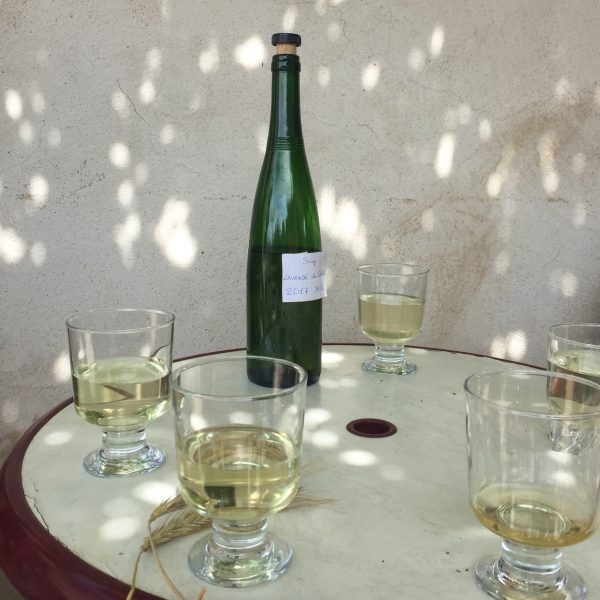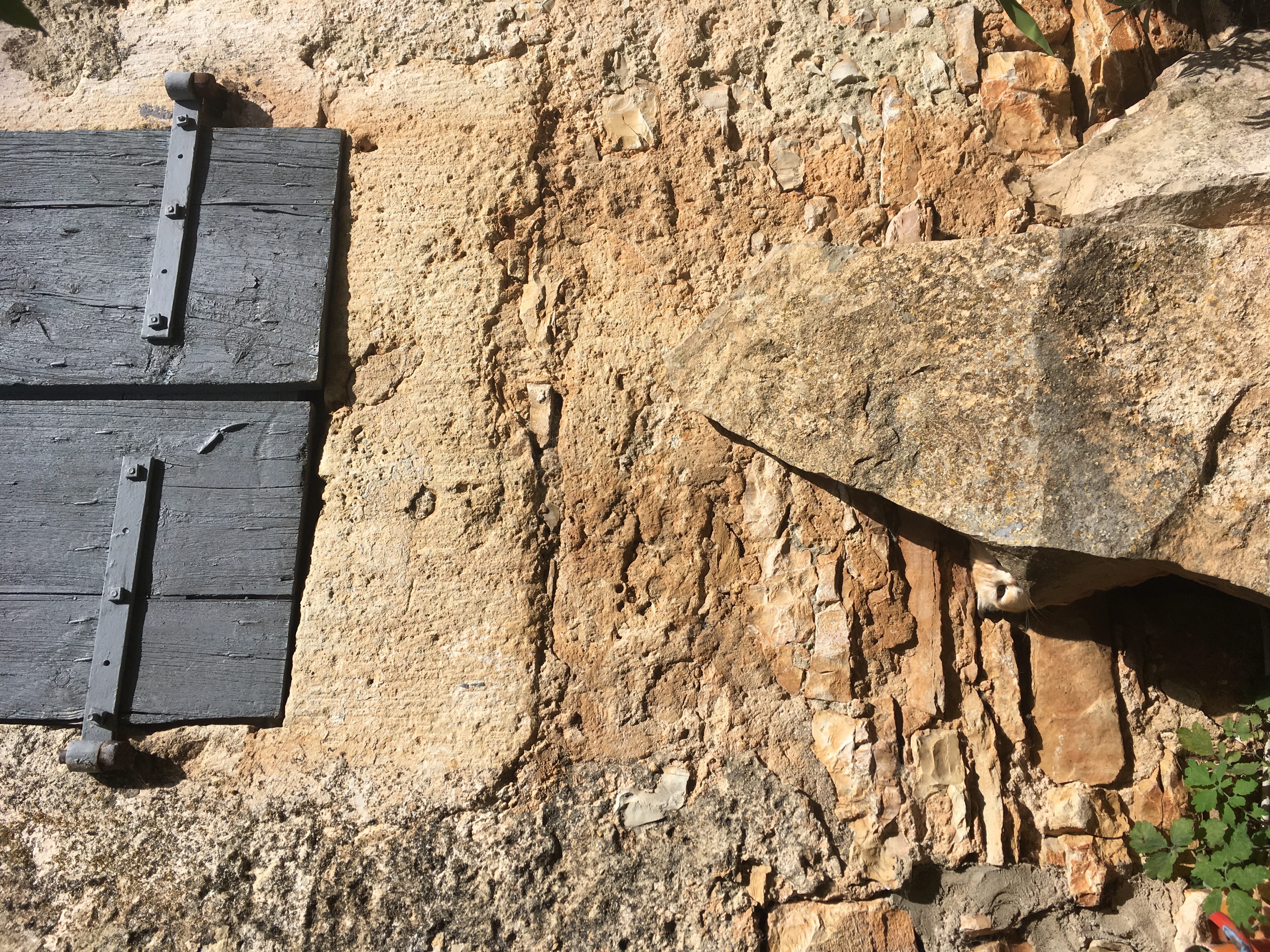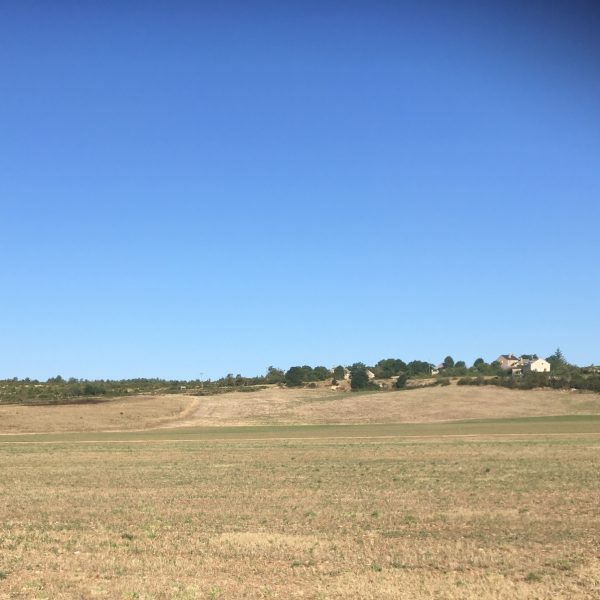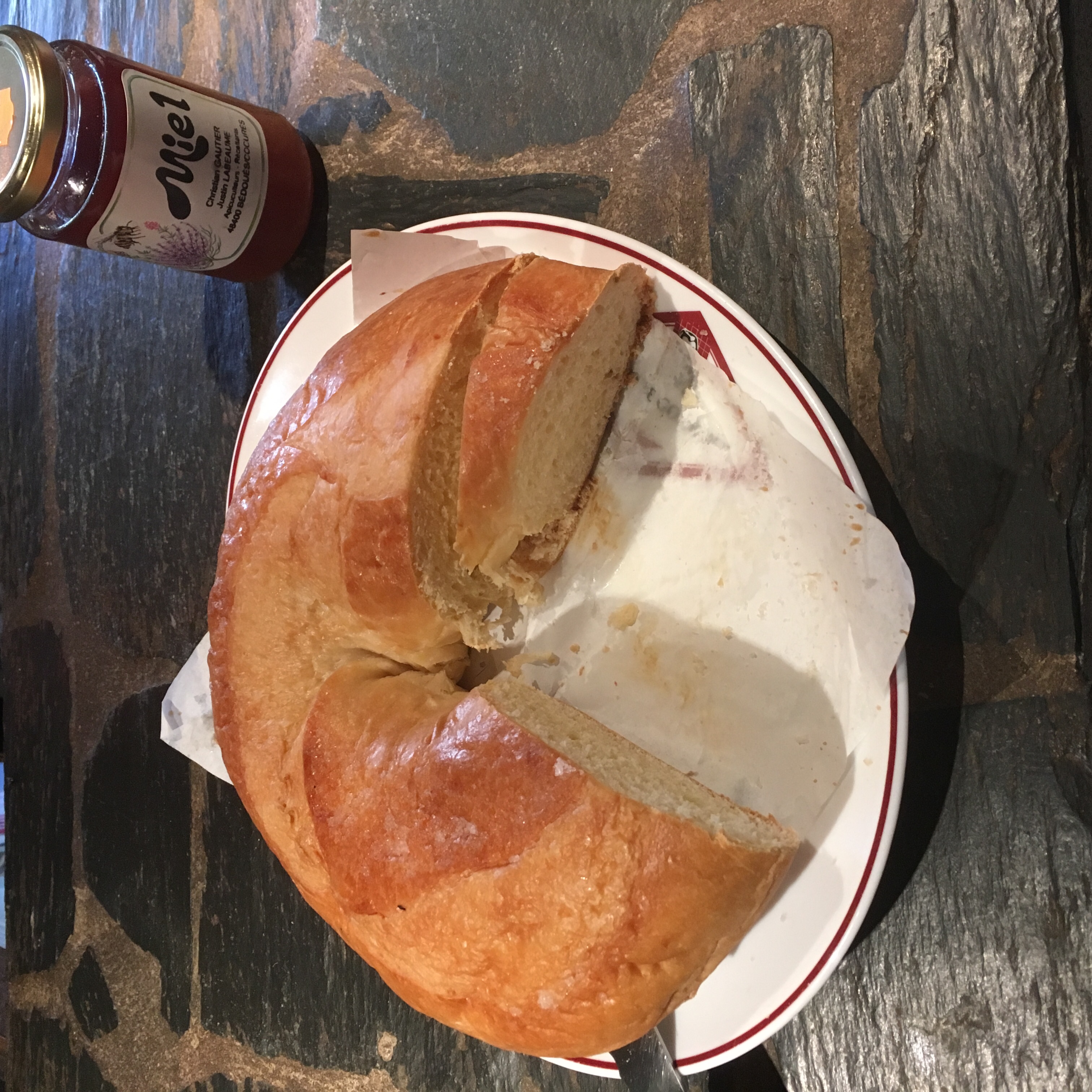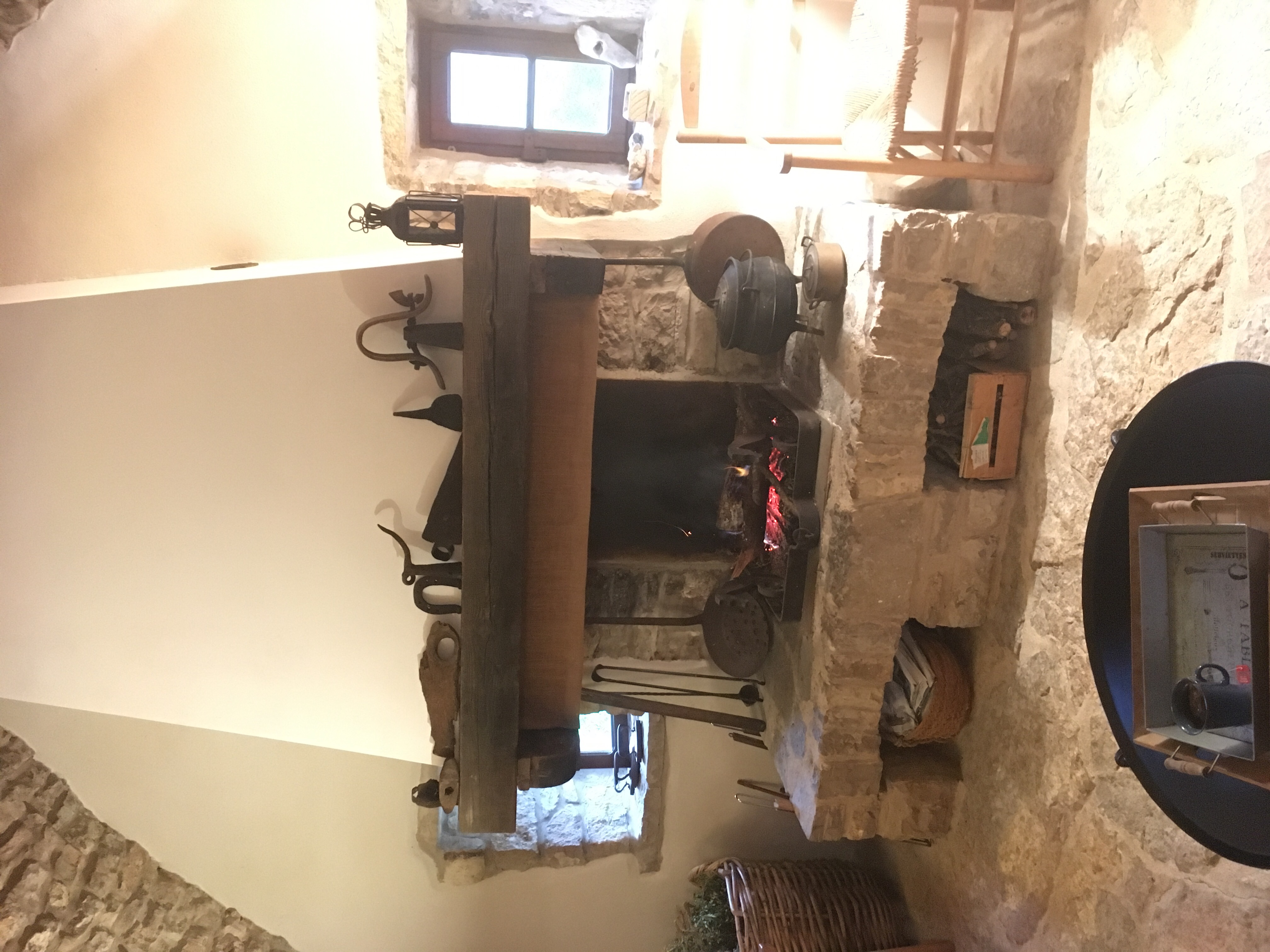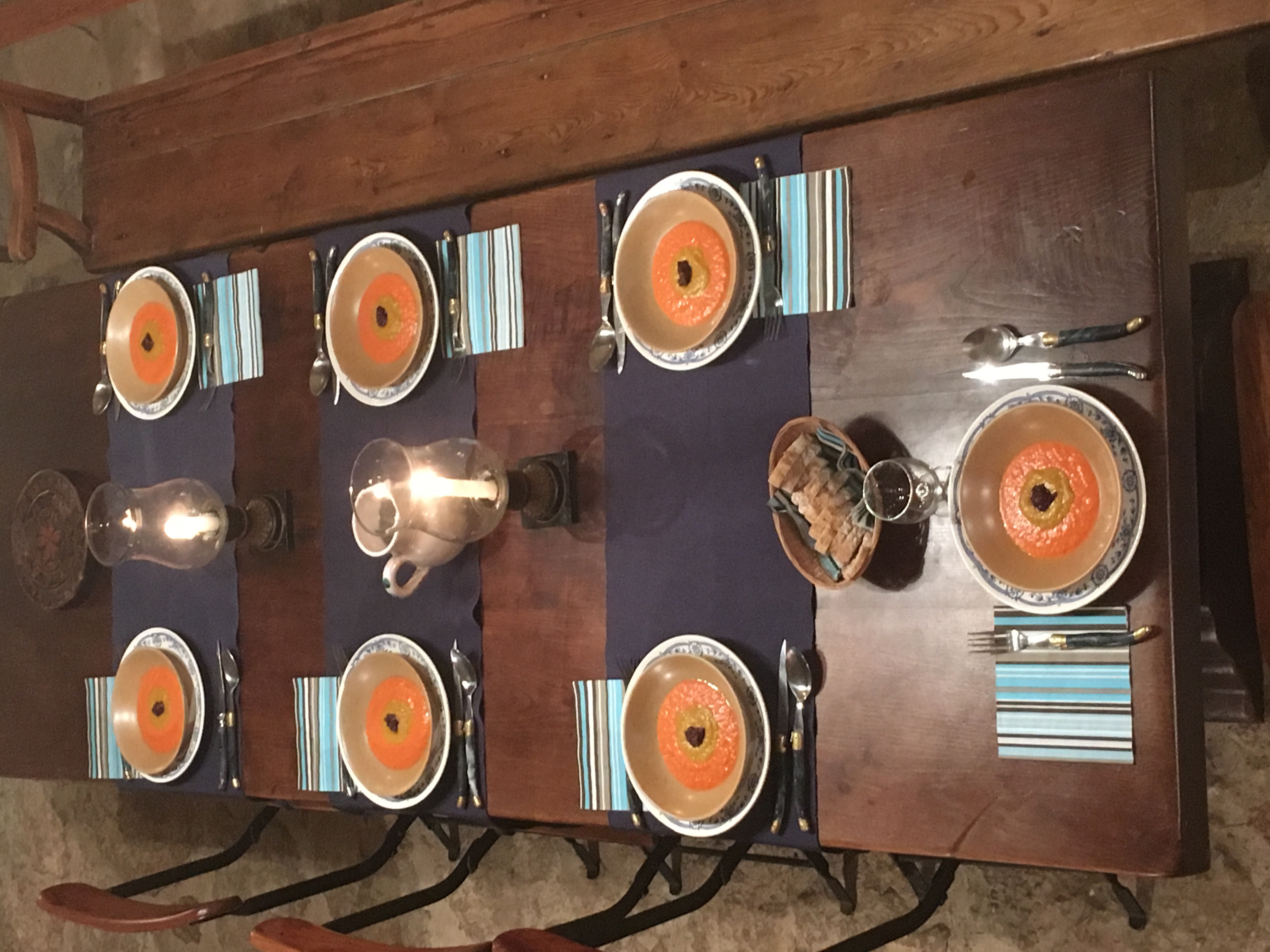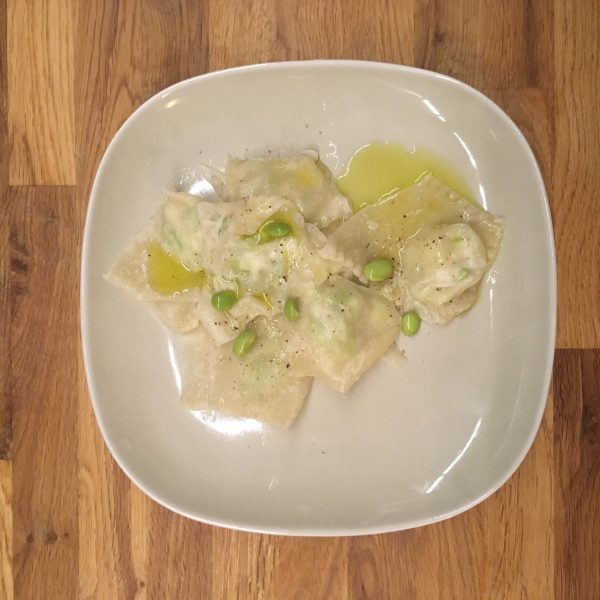It’s been a while I didn’t make pasta! It was too hot and the summer vegetables don’t go to well for making ravioli filling. But now that autumn is here, hey! Hey! It’s time to get the pasta machine out and roll some pasta!!!
As the title indicates, I made butternut squash ravioli. It’s not my first time of course, and you can find different recipes already here and here, but this time I decided to try making tiny ravioli and add some spices: nutmeg and cinnamon, and a bit more salt and pepper than usual. And serve them with roasted pine nuts and olive oil… and you know what? It was delicious!!! The cinnamon adds a really nice twist of sweetness and is much better than just the nutmeg alone. So here is the filling recipe and the sauce, for the pasta just as usual…

Butternut squash ravioli
For the filling:
– 1/2 butternut squash
– 1 pinch of nutmeg
– 1/2 tsp of cinnamon
– a pinch of salt
– freshly ground pepper
For the sauce:
– a handful of pine nuts
– olive oil
Boil or steam the butternut peeled.
Drain well and remove all the water, seeds and fibers. Let cool down. Add all the other ingredients and stir well. Fill the ravioli.
In a frypan roast the pine nuts.
Boil the ravioli, dress the plates with ravioli, pine nuts and a bit of olive oil. That’s it!!!

